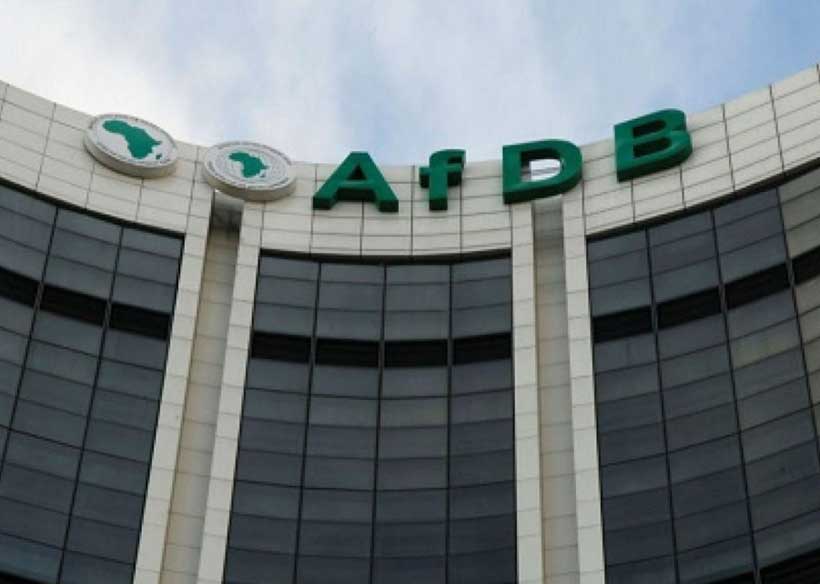Zim inflation in major downtrend
Zimbabwe’s monthly inflation rate took a marked downturn in February, dropping 10 percentage points to 0,5 percent, reflecting progress towards durable economic stability across both local and foreign prices.
According to latest data from the Zimbabwe National Statistics Agency (ZimStat), Zimbabwe Gold (ZiG) month-on-month inflation rate fell significantly, complemented by a nearly similar downward trend in the US dollar (USD) inflation rate.
Consequently, the developments resulted in a decline in the weighted inflation rate, reinforcing hopes of a more predictable economic environment going forward.
ZimStat data shows that the ZiG Consumer Price Index (CPI) stood at 184,60 in February 2025, a slight increase from 183,76 in January. However, the month-on-month inflation rate dropped to 0,5 percent, a sharp decline from the 10,5 percent recorded in January.
This significant decrease suggests growing stability of prices, as businesses and consumers adjust to the prevailing market conditions.
The food and non-alcoholic beverages category saw a month-on-month inflation rate of 0,8 percent in February, a notable drop from January’s 6,8 percent.
Similarly, non-food inflation declined to 0,3 percent from 4,6 percent in the previous month.
Resultantly, the mean month-on-month inflation rate for February was 5,5 percent a reflection of the overall easing price pressures across key consumer goods categories.
Zimbabwe’s economy operates in a dual-currency system, making US dollar price movements an essential indicator of broader economic conditions.
The US dollar CPI rose slightly to 121,73 in February from 121,43 in January, with the month-on-month inflation rate coming through at 0,2 percent, a notable reduction from the previous month’s 11,5 percent.
According to ZimStat, year-on-year US dollar inflation was 15,1 percent in February 2025, compared to 1,6 percent in February.
While the annual inflation rate remains elevated, the sharp month-on-month decline signals a positive trajectory for price stability.
In the long run, the monthly inflation determines the inflation trajectory, meaning the monthly drop in February should eventually lead to a lower annual rate.
Economic analyst Namatai Maeresera attributes this year-on-year increase to the Zimbabwe Revenue Authority’s intensified crackdown on smuggling activities nationwide.
“The anti-smuggling blitz has had a profound impact on the supply and demand dynamics in the economy.
“With stricter border controls and enhanced enforcement measures, there has been a noticeable reduction in the influx of illicit goods.
“This has allowed formal businesses to temporarily cash in through pricing, thereby increasing speculative inflation,” Mr Maeresera explained.
The Zimra-led blitz has curbed unfair competition from unregulated imports, allowing legitimate businesses to maintain steady pricing structures.
“When illicit goods flood the market, formal retailers struggle to compete, often leading to erratic pricing strategies.
“The ongoing blitz has restored some level of equilibrium, ensuring that price-setting mechanisms are not disrupted by unpredictable supply chain distortions,” Mr Maeresera added.
With monthly inflation cooling off in both the ZiG and US dollar terms, the weighted inflation rate also recorded a significant decline.
The Weighted Consumer Price Index (CPI) for February stood at 125,78, marginally higher than January’s 125,40. However, the month-on-month inflation rate fell to 0,3 percent, down from 11,6 percent in January.
The weighted food and non-alcoholic beverages inflation rate declined to 0,4 percent from 13,2 percent in January, while non-food inflation eased to 0,2 percent from 10,6 percent.
The mean month-on-month inflation rate for January-February stood at 5,9 percent.
“The weighted inflation figures reflect an overall stabilisation in price movements across both currency denominations, indicating that recent economic interventions may be yielding tangible results,” ZimStat said.
While February’s data presents a positive outlook, economic observers caution that sustainability remains key. Factors such as exchange rate volatility, external economic pressures, and continued enforcement against illicit trade will determine the durability of the current inflation trajectory.
Market analysts say authorities must maintain a balance between regulation and market-driven mechanisms.
If Zimra’s anti-smuggling drive is maintained, while authorities maintain the tight fiscal and monetary policy positions, inflation could continue to trend downward, fostering a more predictable business environment.-herald










